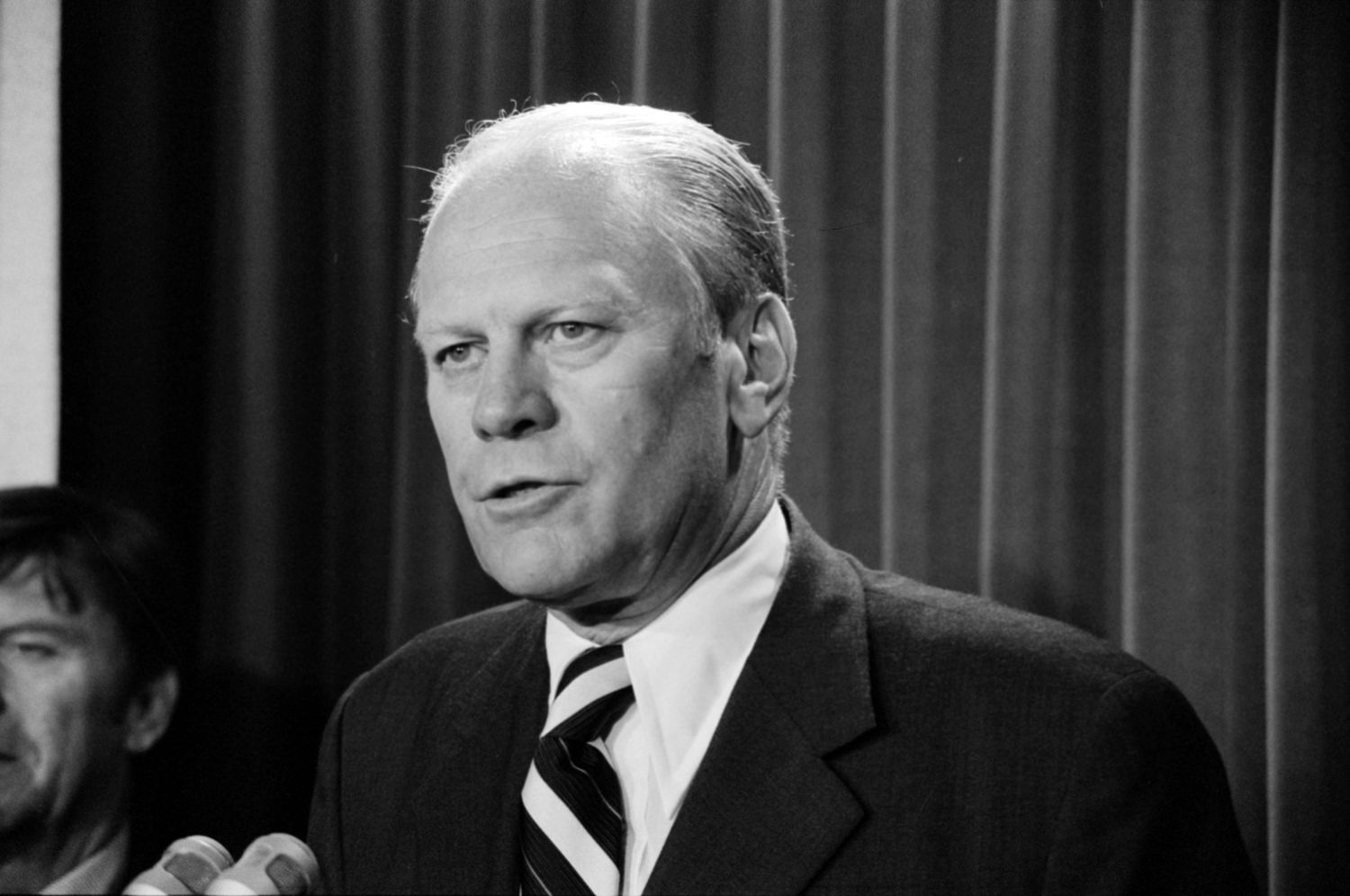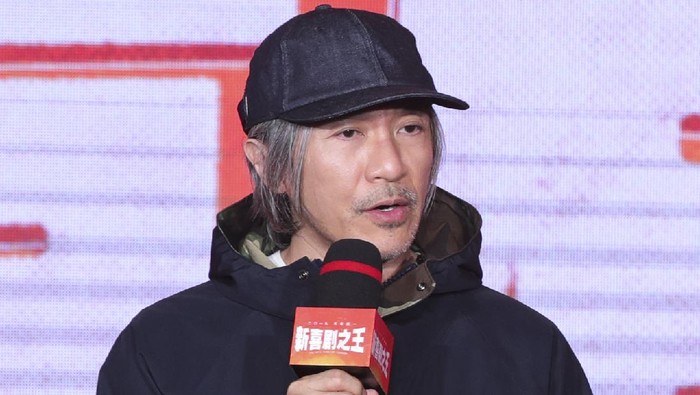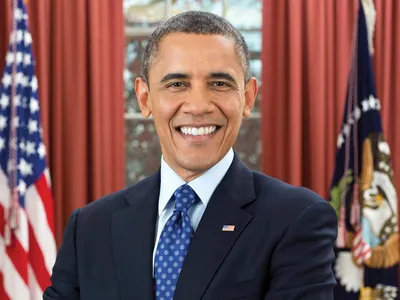johnbowe.info – Released in 2009, The Princess and the Frog marked Disney’s highly anticipated return to traditional hand-drawn animation, following nearly a decade of dominance by computer-generated imagery (CGI) in the animation industry. Directed by the legendary Disney duo Ron Clements and John Musker, who had previously directed hits like The Little Mermaid (1989) and Aladdin (1992), this film brought the magic of Disney’s classic animation style back to the big screen, while also delivering a fresh, modern take on the fairy tale genre.
The Princess and the Frog is notable for several reasons, including its pioneering inclusion of Disney’s first African American princess, Tiana, its vibrant New Orleans setting, and its unique take on the classic Frog Prince story. Featuring a captivating soundtrack by composer Randy Newman, and a cast of memorable characters, the film is filled with humor, heart, and a message of hard work and perseverance.
This article will explore the background, story, characters, themes, music, and the legacy of The Princess and the Frog, examining how this film became a pivotal moment for Disney as it bridged the gap between the studio’s hand-drawn past and its CGI-dominated future.
The Making of The Princess and the Frog
Disney’s Return to Hand-Drawn Animation
By the mid-2000s, Disney’s animation department was facing a crossroads. The studio’s earlier success with traditional animation, exemplified by the Disney Renaissance films of the 1990s, had been overshadowed by the rise of CGI animation, led by Pixar and DreamWorks. Films like Toy Story (1995) and Shrek (2001) had revolutionized the animation landscape, leading Disney to phase out hand-drawn animation in favor of CGI. However, the decision left some fans longing for the artistic charm and nostalgic magic of Disney’s hand-drawn classics.
In 2006, Disney made a bold move by acquiring Pixar, and John Lasseter, co-founder of Pixar, became Chief Creative Officer of both Pixar and Disney Animation Studios. Lasseter, a lifelong fan of traditional animation, spearheaded efforts to bring back hand-drawn animation as part of Disney’s legacy. The Princess and the Frog became the studio’s first hand-drawn animated feature since 2004’s Home on the Range, signaling a return to Disney’s roots.
A Modern Take on a Classic Tale
The story of The Princess and the Frog is loosely based on the 2002 novel The Frog Princess by E.D. Baker, which itself is a retelling of the classic Brothers Grimm fairy tale The Frog Prince. However, Clements and Musker, along with Disney’s creative team, decided to set the film in a unique and historically rich setting: 1920s New Orleans. This choice not only provided a visually stunning backdrop for the film, but also allowed for the integration of the city’s rich cultural elements, including its vibrant jazz scene, Creole cuisine, and voodoo mysticism.
Additionally, The Princess and the Frog was groundbreaking for featuring Disney’s first Black princess, Tiana, a character who would go on to become a beloved role model for young viewers around the world. Tiana’s story stands out from traditional princess narratives by emphasizing hard work, determination, and the belief that dreams come true through effort and perseverance, rather than simply wishing on a star.
Musical Collaboration with Randy Newman
Music plays a central role in The Princess and the Frog, with composer Randy Newman (known for his work on Pixar films like Toy Story and Monsters, Inc.) crafting a soundtrack that perfectly complements the film’s setting. Newman, a New Orleans native, drew inspiration from the city’s jazz and blues traditions, incorporating elements of gospel, Dixieland, and zydeco into the score. The music not only captures the essence of 1920s New Orleans, but also adds emotional depth to the film’s key moments.
Songs like “Almost There” and “Friends on the Other Side” became iconic parts of the film, contributing to its critical success and earning The Princess and the Frog two Academy Award nominations for Best Original Song.
The Story of The Princess and the Frog
Setting the Scene: 1920s New Orleans
The film opens in the bustling city of New Orleans during the 1920s, a time of jazz music, lively parties, and cultural diversity. Amid this vibrant backdrop, we meet Tiana (voiced by Anika Noni Rose), a hardworking and ambitious young woman who dreams of one day owning her own restaurant. Tiana works multiple jobs to save money for her dream, inspired by her late father, who shared her passion for cooking and envisioned opening a family restaurant before his untimely death.
Unlike traditional Disney princesses, Tiana does not rely on magic or fairy godmothers to achieve her dreams. Instead, she believes in hard work and perseverance, famously stating, “The only way to get what you want in this world is through hard work.”
A Royal Visitor and a Magical Twist
The story takes a magical turn when Prince Naveen (voiced by Bruno Campos), a fun-loving and carefree prince from the fictional kingdom of Maldonia, arrives in New Orleans. Naveen’s carefree lifestyle has led him into financial trouble, and his parents have cut him off from their fortune until he marries into wealth. While in New Orleans, Naveen is tricked by the sinister Dr. Facilier (voiced by Keith David), a shadowy witch doctor who uses voodoo magic to turn Naveen into a frog.
In a twist on the classic Frog Prince tale, Naveen, now in frog form, believes that a kiss from a princess will break the spell. He mistakes Tiana, who is dressed as a princess for a masquerade ball, as the one who can save him. Reluctantly, Tiana agrees to kiss Naveen in exchange for his help in funding her restaurant. However, the kiss backfires, and instead of turning Naveen back into a human, it turns Tiana into a frog as well.
A Journey Through the Bayou
Now both frogs, Tiana and Naveen embark on an adventure through the Louisiana bayou, seeking help to reverse the curse. Along the way, they encounter a cast of quirky characters, including Louis (voiced by Michael-Leon Wooley), a trumpet-playing alligator who dreams of joining a jazz band, and Ray (voiced by Jim Cummings), a lovesick Cajun firefly who pines for the evening star, which he believes is his lost love, Evangeline.
As Tiana and Naveen navigate the dangers of the bayou and race against time to break the spell, they begin to learn important lessons about life, love, and what it truly means to achieve one’s dreams. Naveen, who starts out as a spoiled and self-centered prince, begins to appreciate Tiana’s hard work and determination, while Tiana learns to balance her ambition with the importance of love and companionship.
The Villain: Dr. Facilier and His Shadowy Dealings
The primary antagonist of the film is Dr. Facilier, also known as “The Shadow Man,” a charismatic but malevolent witch doctor who practices dark magic. Facilier manipulates Prince Naveen and his valet, Lawrence, in a bid to gain control of New Orleans and increase his own power. His use of voodoo and his ability to summon shadowy spirits add a sense of danger and mysticism to the film.
Dr. Facilier’s menacing musical number, “Friends on the Other Side,” is one of the film’s standout moments, showcasing his cunning nature and dark ambitions. As a villain, Facilier stands alongside Disney’s most iconic antagonists, using charm and manipulation to achieve his goals rather than brute force.
The Climax and Resolution
As the story reaches its climax, Tiana and Naveen, still in their frog forms, must race to stop Dr. Facilier’s evil plot and find a way to return to their human forms before it’s too late. In the end, it is love that breaks the spell. Tiana and Naveen realize that they have fallen in love with each other, and in a touching moment of selflessness, they decide to remain frogs if it means they can be together.
However, after a wedding ceremony in the bayou, Tiana becomes a princess by marriage, and her kiss with Naveen finally breaks the curse, turning them both back into humans. With their newfound love and shared dreams, Tiana and Naveen return to New Orleans, where Tiana achieves her goal of opening her very own restaurant, aptly named Tiana’s Palace.
The Characters of The Princess and the Frog
Tiana
Tiana, voiced by Anika Noni Rose, is a groundbreaking character in Disney’s history as the studio’s first Black princess. She is a hardworking, independent, and determined young woman who dreams of owning her own restaurant, inspired by her father’s passion for cooking. Unlike traditional Disney princesses who rely on magic or external forces to achieve their dreams, Tiana is driven by her belief in hard work and perseverance.
Throughout the film, Tiana’s character arc revolves around finding balance between ambition and love. While she initially prioritizes her dream of owning a restaurant above all else, she eventually learns that life is about more than just hard work—it’s about love, friendship, and enjoying the journey.
Prince Naveen
Prince Naveen, voiced by Bruno Campos, is a charming and carefree prince who undergoes significant character growth over the course of the film. At the beginning, Naveen is self-centered and frivolous, living a life of luxury and expecting others to solve his problems. However, his transformation into a frog and his time spent with Tiana help him realize the value of hard work and selflessness.
Naveen’s relationship with Tiana is central to the film’s narrative, and their contrasting personalities—Tiana’s pragmatism and Naveen’s carefree attitude—create a dynamic that evolves into a genuine, loving partnership.
Dr. Facilier
Dr. Facilier, voiced by Keith David, is the film’s main antagonist and one of Disney’s most memorable villains. Known as “The Shadow Man,” Facilier is a voodoo practitioner who uses dark magic to manipulate others for his own gain. His menacing presence and charismatic charm make him a formidable foe, and his ability to summon shadowy spirits adds an eerie sense of danger to the film.
Facilier’s ultimate goal is to gain control of New Orleans and amass power through his dealings with dark forces. His character is a reminder of the dangers of ambition without morality, contrasting sharply with Tiana’s more virtuous pursuit of her dreams.
Louis and Ray
Louis, voiced by Michael-Leon Wooley, is a jazz-loving alligator who dreams of playing trumpet in a human band. His love for music and his humorous personality provide comic relief throughout the film. Despite his fearsome appearance, Louis is a gentle soul with a passion for jazz, embodying the spirit of New Orleans.
Ray, voiced by Jim Cummings, is a Cajun firefly who serves as both comic relief and emotional heart of the film. His unrequited love for the evening star, whom he believes is his beloved Evangeline, adds a layer of poignancy to his character. Ray’s unwavering optimism and loyalty make him one of the film’s most beloved characters, and his ultimate fate is one of the movie’s most emotional moments.
Themes and Messages
Hard Work and Perseverance
One of the central themes of The Princess and the Frog is the importance of hard work and perseverance in achieving one’s dreams. Tiana’s journey is a testament to the idea that success does not come from wishing on a star, but from dedication, effort, and resilience. This theme is a refreshing departure from traditional fairy tales, where characters often rely on magic or destiny to achieve their goals.
Tiana’s father, who serves as her inspiration, instills in her the belief that “you gotta work hard to make your dreams come true,” a message that resonates throughout the film. While the film acknowledges the value of dreaming, it emphasizes that hard work is the key to turning those dreams into reality.
Love and Partnership
In addition to hard work, the film explores the theme of love and partnership. Tiana begins the film focused solely on her goal of opening a restaurant, but over the course of the story, she learns that life is about more than just ambition. Her relationship with Naveen teaches her the importance of love, companionship, and finding balance between work and personal life.
Naveen, on the other hand, learns that true love requires selflessness and commitment. His transformation from a carefree prince to a devoted partner reflects the film’s message that love is not just about romance, but about supporting each other’s dreams and growing together.
Self-Discovery
Both Tiana and Naveen undergo significant character growth and self-discovery throughout the film. Tiana learns to embrace love and friendship without sacrificing her ambitions, while Naveen discovers the value of hard work and responsibility. Their journey through the bayou serves as a metaphor for their personal growth, as they shed their old beliefs and emerge as better, more self-aware individuals.
The Power of Community
Set in the culturally rich and diverse city of New Orleans, The Princess and the Frog also highlights the importance of community and friendship. Tiana’s dream of opening a restaurant is rooted in her desire to bring people together, just as her father dreamed of doing. The film’s celebration of New Orleans culture—its music, food, and traditions—emphasizes the idea that success and happiness are best enjoyed when shared with others.
Legacy and Reception
Upon its release in December 2009, The Princess and the Frog was met with critical acclaim for its animation, music, and storytelling. It was praised for reviving the hand-drawn animation style that had made Disney famous and for introducing a new, diverse Disney princess who broke the mold of traditional fairy tale characters.
The film grossed over $270 million worldwide, making it a commercial success, though it did not reach the box office heights of later Disney films like Frozen (2013). Nevertheless, The Princess and the Frog holds a special place in Disney’s animation history as a transitional film that bridged the gap between the studio’s hand-drawn past and its CGI-dominated future.
Tiana quickly became a beloved figure in Disney’s pantheon of princesses, and her message of hard work and perseverance continues to resonate with audiences of all ages. The film also helped pave the way for more diverse representation in Disney films, with characters from different backgrounds and cultures being featured in subsequent productions.
In the years since its release, The Princess and the Frog has remained a fan favorite, and Tiana’s popularity has only grown. She has become a central figure in Disney parks, merchandise, and media, and a planned retheming of Disneyland’s Splash Mountain ride to Tiana’s Bayou Adventure is set to further solidify her legacy.
Conclusion
The Princess and the Frog (2009) is a landmark film in Disney’s animation history, representing both a return to the studio’s hand-drawn roots and a step forward in terms of diversity and storytelling. With its memorable characters, beautiful animation, and powerful messages about hard work, love, and self-discovery, the film has earned its place as a modern classic. Tiana’s journey from waitress to princess, grounded in determination and resilience, continues to inspire audiences, proving that with a little hard work—and a lot of heart—dreams really can come true.









